At HomeQuestionsAnswered, we're committed to delivering accurate, trustworthy information. Our expert-authored content is rigorously fact-checked and sourced from credible authorities. Discover how we uphold the highest standards in providing you with reliable knowledge.
What are the Different Types of Garden Pests?
While the term "garden pest" may bring insects to mind for many people, it actually has a broader meaning that includes all insects and animals that interfere with the growth and health of plants. Diseases are considered to be a separate category from pests. There are five important categories of garden pests, but the particular garden pests that you may find will vary with your location.
Insects and other many-legged creatures: This group probably contains the largest number of different kinds of pests. Some are named for the crop they primarily damage, such as the Colorado potato beetle, the tomato hornworm, and the cabbage butterfly. Also prevalent, depending on where you live, are ants, aphids, borers, bugs, caterpillars and worms — such as gypsy moths and cutworms. centipedes, earwigs, grasshoppers, grubs and maggots, Japanese beetles, and weevils.
Mollusks: Snails and slugs, which resemble shell-less snails, are garden pests that chiefly attack members of the cabbage family and the lettuces.

Birds: Some birds, like purple martins, help control garden pests, but others are pests themselves. Crows and blue jays eat corn, and many birds may eat seeds and seedlings, as well as fruits, berries, and nuts. Species to be aware of include gulls, magpies, pigeons, robins, sparrows, and starlings. Geese and ducks, whether farm stock or wild, can also damage gardens.

Rodents and other small mammals: Small mammals can cause several types of problems, including eating plants and produce and digging in locales that you wish to protect. This group of garden pests can include armadillos, chipmunks, groundhogs or woodchucks, mice and rats, moles, opossums, prairie dogs, rabbits, raccoons, skunks, squirrels, and voles. Though not considered garden pests by most people, household pets, like cats and dogs, can be included in this category, depending on their behavior.

Larger mammals: Bear, deer, and moose are known to forage in gardens, and they are becoming more common in suburban areas. With the expansion of their territory, coyotes have also become a more common garden pest in places where they didn't used to roam. Particularly with bears, it is well to seek out expert advice on deterring and controlling behavior.

Pest control: There are a variety of means of controlling garden pests, depending both on the type of pest, and the particular approach one wishes to take. One can use deterrents, including companion planting, fencing, noisemakers, inflatable owls and snakes, and scarecrows. One can make the garden hospitable to pest-controlling creatures such as ladybugs, praying mantises, frogs, and toads. Other choices include homemade spray repellants (such as garlic spray), and commercial organic and inorganic pesticides. Traps in various sizes, including those that do no harm to the captured animal, are also available, sometimes on a borrowing basis. Advice about pests and how to protect your plants can be obtained from your state's Cooperative Extension Service (run through local colleges and universities) as well as local garden and farm supply outlets.
AS FEATURED ON:
AS FEATURED ON:










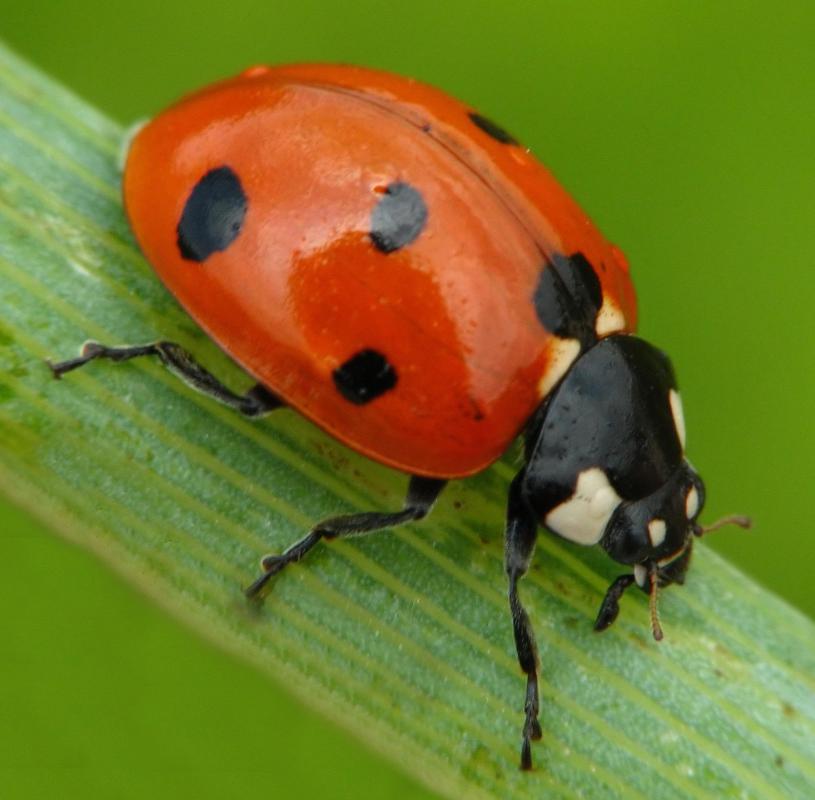



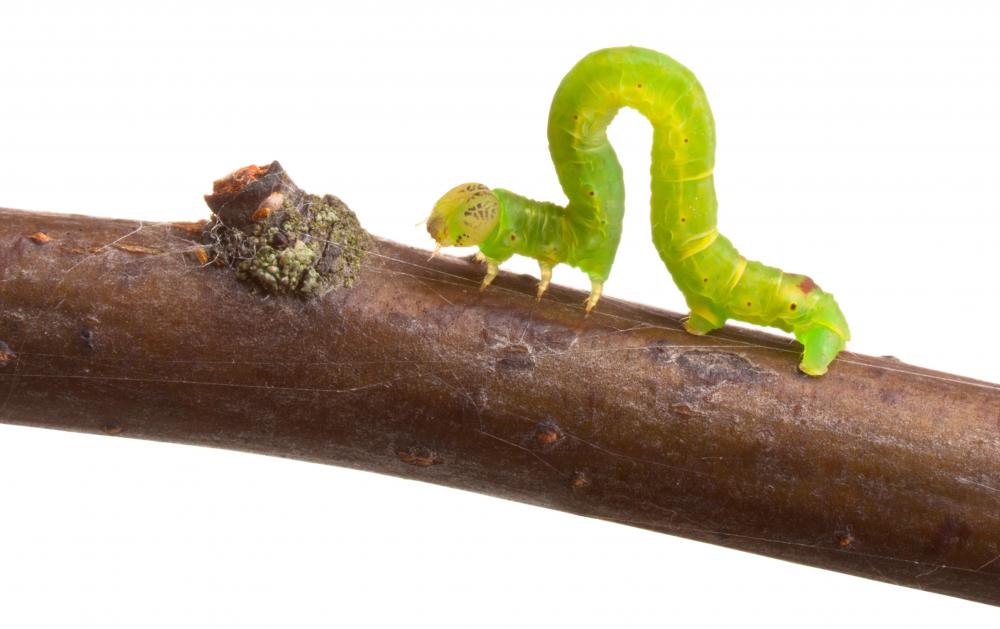
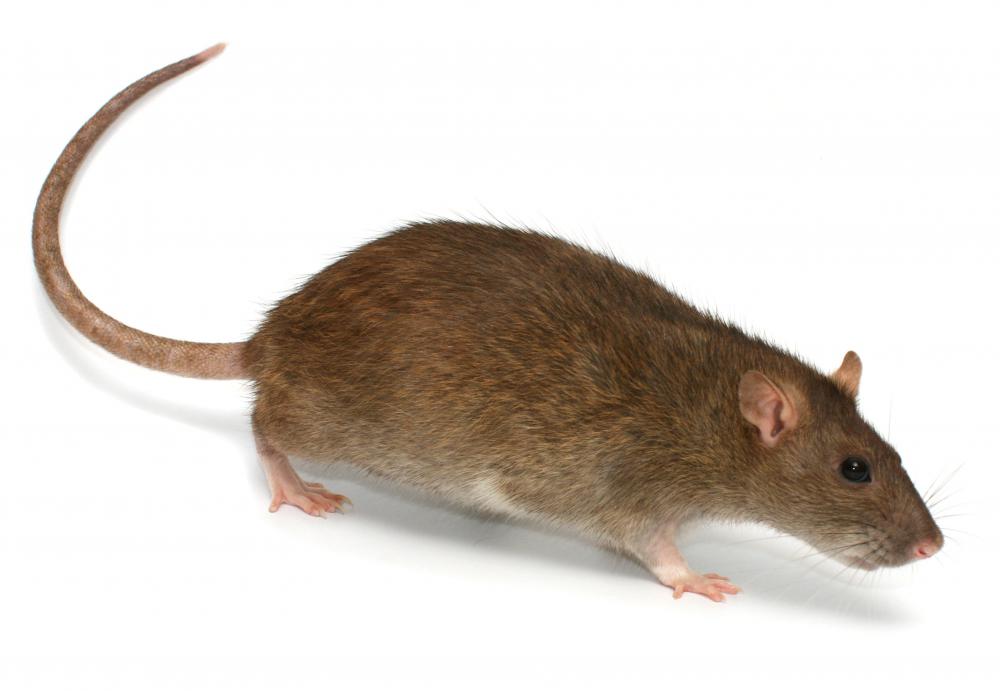





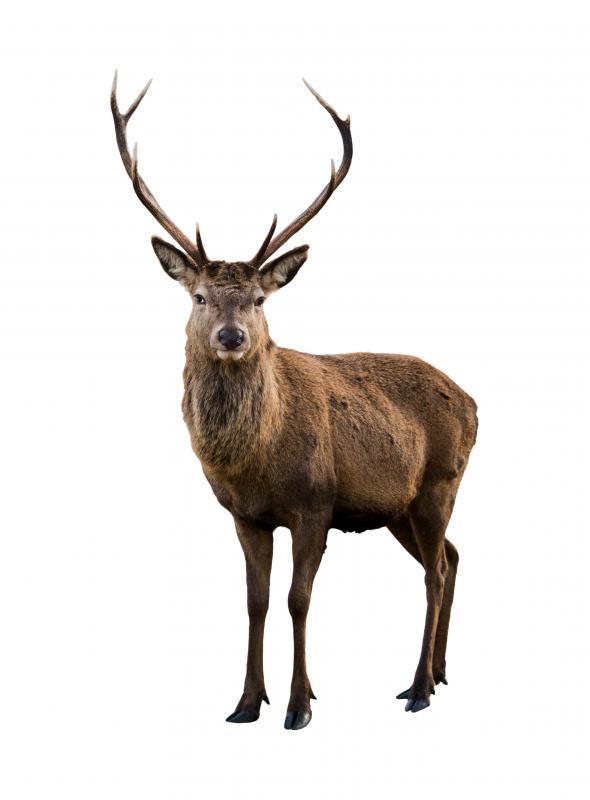

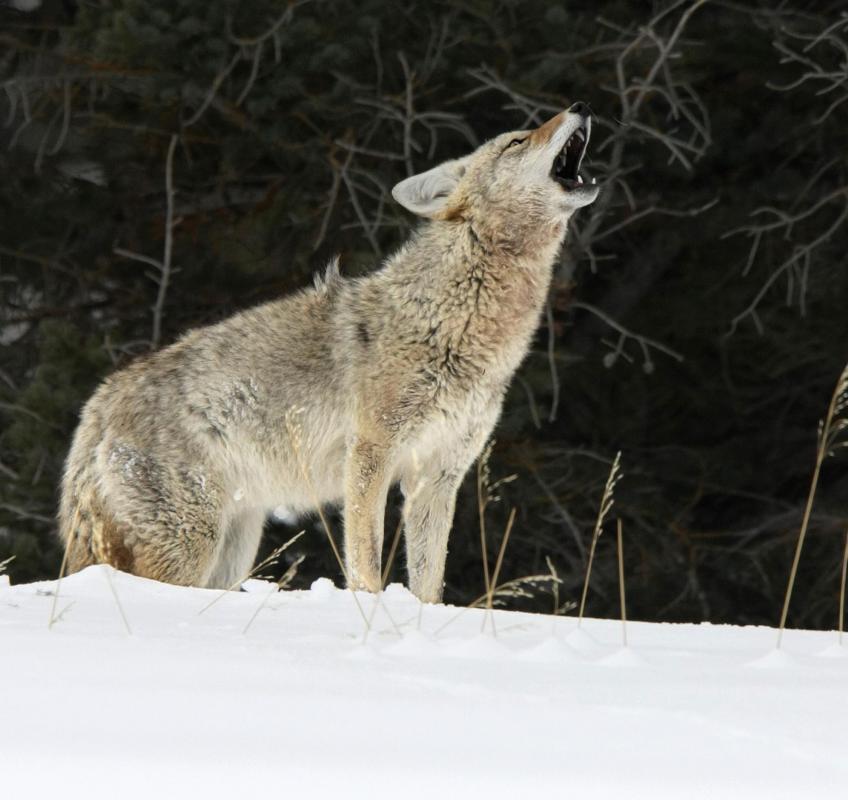

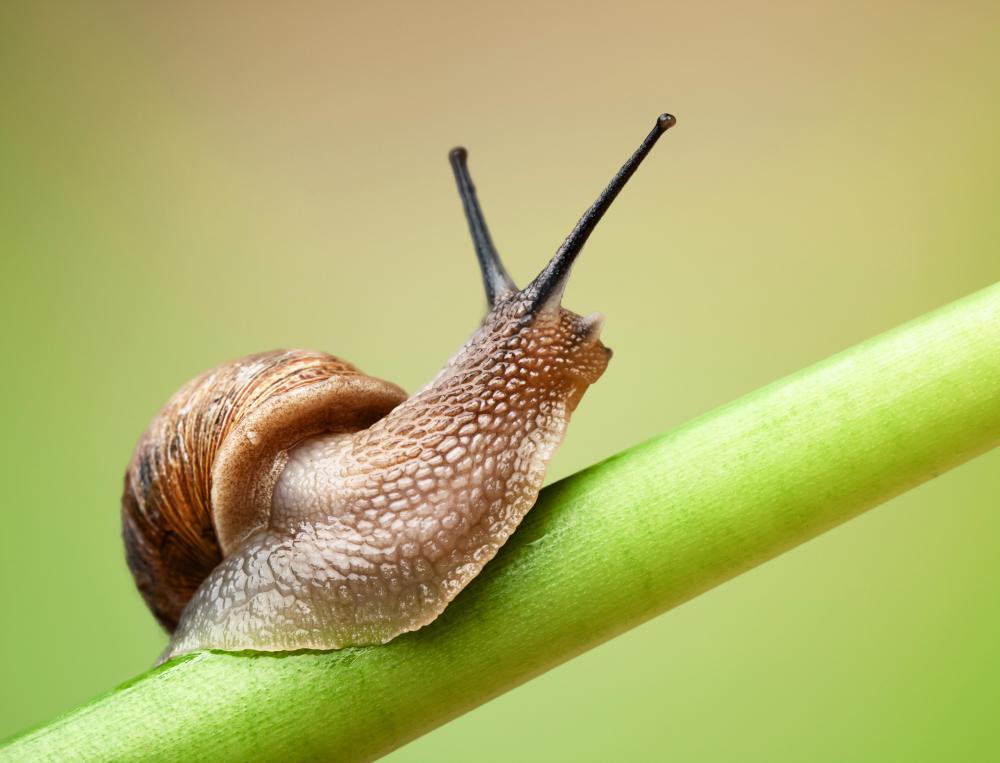
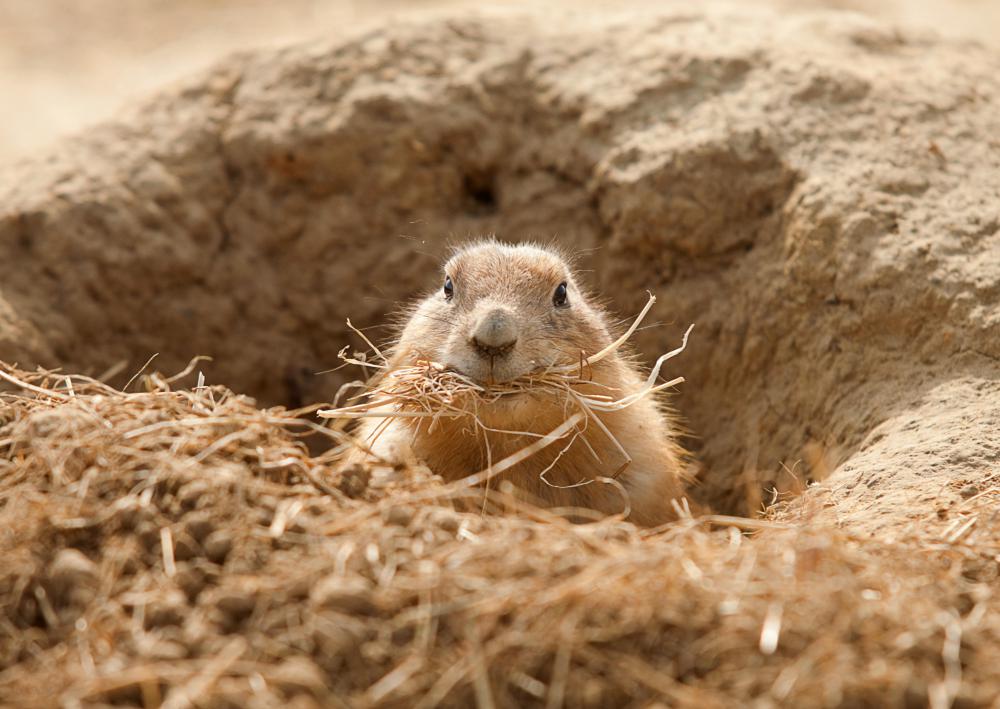

Discussion Comments
I love to watch the wildlife and deer around our place, but I hate it when they get in my garden. If my dog is outside, she does a pretty good job of chasing them away.
Someone also told me to take dog hair and place it between the rows of your garden. The smell of the dog hair is supposed to help keep the deer away. I found that this did not work as well as I hoped, but figured it was worth a try.
I make fresh salsa every year, so always plant a lot of tomatoes, and peppers. One of the most annoying garden pests is aphids. They can really do some damage to my tomato plants.
I have been trying to use more organic gardening habits and read that if you planted basil and marigolds close by your tomatoes, this will help with aphid control. I tried that this year, and so far it seems to be helping. I hope this works because I would love to stop using chemicals for pest control.
We love to eat salad and so I plant a lot of lettuce every year. Because of this, my biggest garden pests are rabbits. I had a friend who used to plant lettuce specifically to feed the rabbits, but that is not the case for me.
I have also found them munching on my peas, but they tend to leave the tomatoes, cucumbers, peppers and squash alone. Many of the fencing they have available for gardens don't work well for the rabbits because somehow they get right through it.
Even though they are pests, they have never totally destroyed a whole crop, so I pretty much live with them.
Farm families used to have dogs to try to control some of the animal pests. And most also had cats to control the rats and mice. I remember what fun it was to squirt milk from a cow's teat right into the open mouth of a nearby cat.
Donald W. Bales
Earwigs are harmless nocturnal insects. They have clippers that are intended for holding not harming anything.
Post your comments